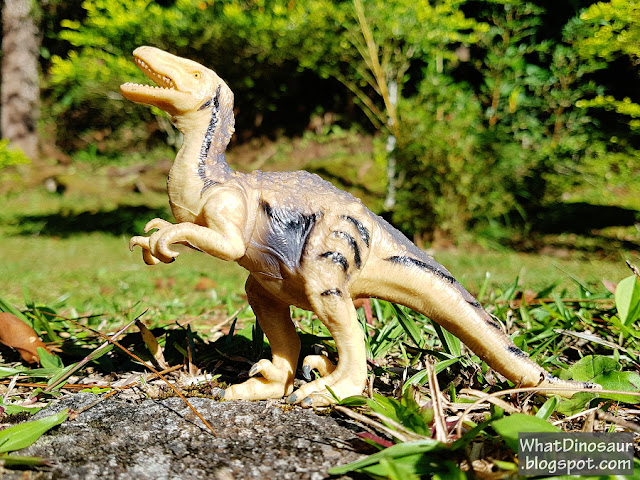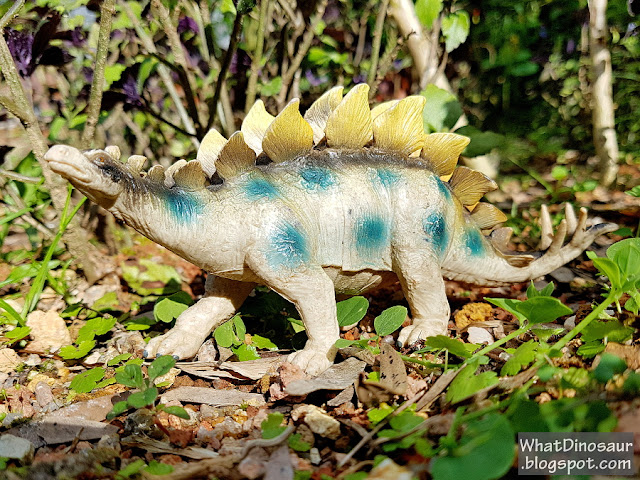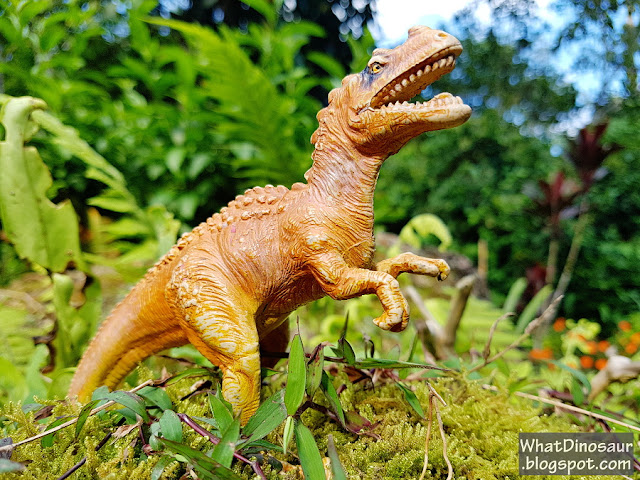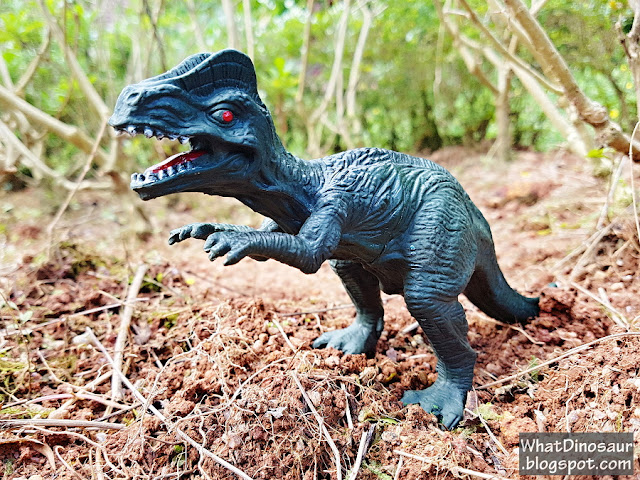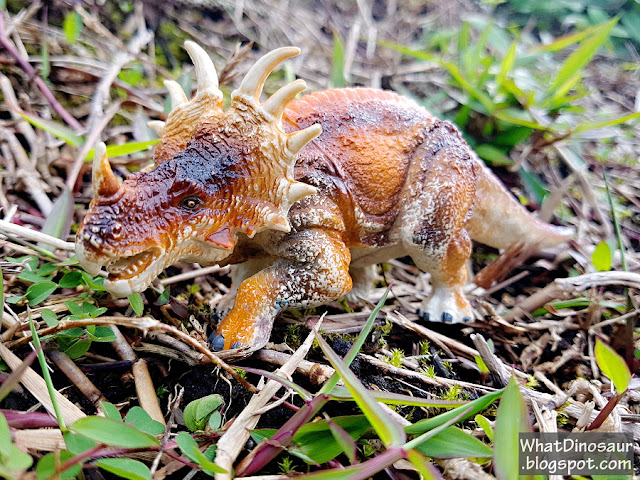Triceratop

Genus: triceratops Classification: Ornithischia, Marginocephalia, Ceratopsia Length: 9m Weight: 12 000kg Diet: herbivorous Period: late Cretaceous Like all ceratopsians, Triceratops had a large outgrowth of bones at the back of the skull which protect the soft neck area. Research suggest that it used its horns as defensive weapons against predators, such as tyrannosaurus Rex. However, in dinosaurs such as Styracosaurus, they were only a few centimeters thick, so they wouldn't have been strong enouh to actually fight. Follow Tigers Super Sports on Facebook

